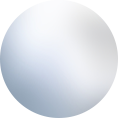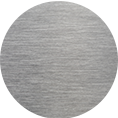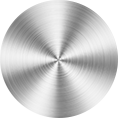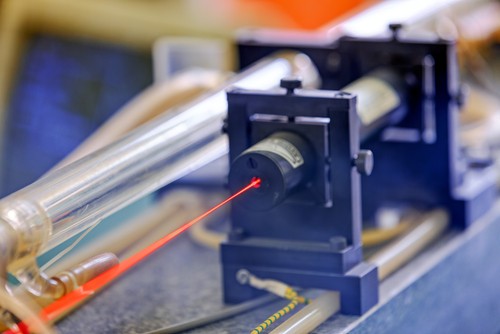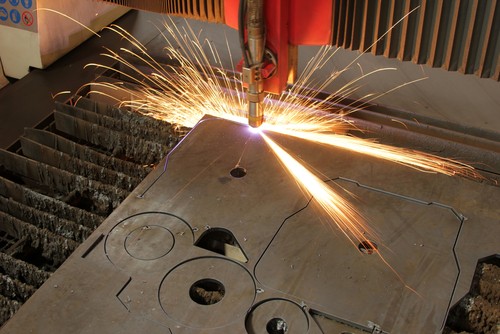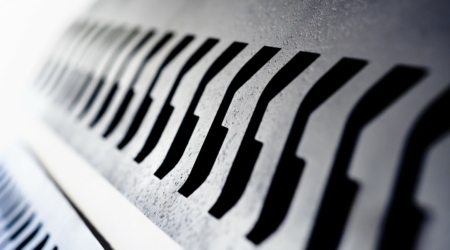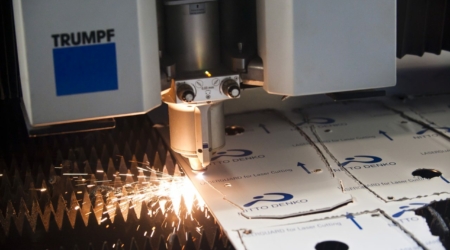The workplace can be a dangerous environment, particularly if you work with lasers.
Laser safety is something that many people take for granted, as they aren’t aware of the hidden dangers they could present.
The solution? Be smart and understand the hazards.
Now that can be easier said than done, but by familiarising yourself with the machinery and their capabilities you will be doing yourself a massive favour.
A brief summary of laser safety
A laser is a light source which can be dangerous to people if they are exposed to it. Even low powered lasers can have significant implications to a person’s eyesight, while the focussed projection could result in burning and permanent damage in seconds.
Lasers have the potential to permanently damage your eyesight, so ensure that you follow these safety precautions closely:
– Before turning a laser on, always be sure that you are wearing appropriate safety equipment and that others in the vicinity are too
– Never look directly at the laser
– Never direct a laser at another person or touch it
– Avoid reflective surfaces.
Understanding the different laser classifications
Lasers are classified by both wavelength and maximum output power. They are categorised into the following safety classes:
Class 1
A class 1 laser is safe under all conditions of normal use.
What this means is that the maximum permissible exposure (MPE) cannot be exceeded in order to prevent injury. This class consists of high-power lasers contained within an enclosure, which prevents exposure to the radiation and cannot be opened without shutting down the laser.
Example: a continuous laser at 600 nm can emit up to 0.39 mW, but for shorter wavelengths, the maximum emission is lower because of the potential of those wavelengths to generate photochemical damage.
Class 1M
This class of laser is safe for viewing directly with the naked eye, but it may be hazardous to view with the aid of optical instruments. When the laser is passed through magnifying optics such as microscopes and telescopes, the beam can become more intense and present a danger to the individual.
A laser can be classified as Class 1M if the total output power is below class 3B, but the power that can pass through the pupil of the eye is within Class 1.
Class 2
A Class 2 laser is considered safe because the blink reflex will limit the exposure to no more than 0.25 seconds. However, this may not apply for instances where a person deliberately stares into the laser beam for longer than 0.25 seconds or if the light is not spatially coherent.
Intentional suppression of the blink reflex could lead to eye injury.
Class 2M
A Class 2M laser is considered low risk when not viewed through optical instruments. Similarly to Class 1M, this applies to laser beams with a large diameter or large divergence, whereby the amount of light passing through the pupil cannot exceed the limits for class 2.
Class 3R
A Class 3R laser is considered safe if handled carefully, with restricted beam viewing. When it comes to ut one false move and you could find yourself in a pretty bad situation.a class 3R laser, the MPE can be exceeded, but with a low risk of injury.
Visible continuous lasers in Class 3R are limited to 5 mW. For other wavelengths and for pulsed lasers, other limits apply.
Class 3B
A Class 3B laser can be hazardous if the eye is directly exposed to the beam, but diffuse reflections from paper or other matte surfaces are not harmful. For a continuous wave laser the maximum output onto the eye must not exceed 500mw, while the limit for pulsed lasers is 30 mJ.
Protective eyewear is typically required where direct viewing of a class 3B laser beam may occur and must be equipped with a key switch and a safety interlock.
Class 4
This is the highest class of laser radiation. Class 4 lasers include all lasers with beam power greater than class 3B and are capable of setting fire to materials on which they are projected. In addition to posing significant eye hazards at close range, they are also harmful to the eyes within the distance called the Nominal Hazard Zone.
Class 4 lasers are also able to cut or burn skin. Not only that, but these types of lasers may also ignite combustible materials, which in turn can result in a major fire risk in some cases.
These lasers must be equipped with a key switch and a safety interlock.
Subcon Laser maintains a safe workplace
As one of the UK’s leading laser cutting experts, we work with a large number of laser machines on a regular-basis. This means that we understand just how important it is to maintain high levels of health and safety.
The misuse of lasers is not only bad for business, but it can affect people’s lives if not taken seriously. Whether it’s taking precaution against potential fume inhalation or guarding against burns to skin and eyes, you should always maintain the correct procedure and wear protective clothing.
If you would like more information about laser health & safety and the services we offer, please don’t hesitate to get in touch with us by calling 024 7664 2221 today. You can also leave a message using our contact form and one of our experts will be in touch as soon as possible.


